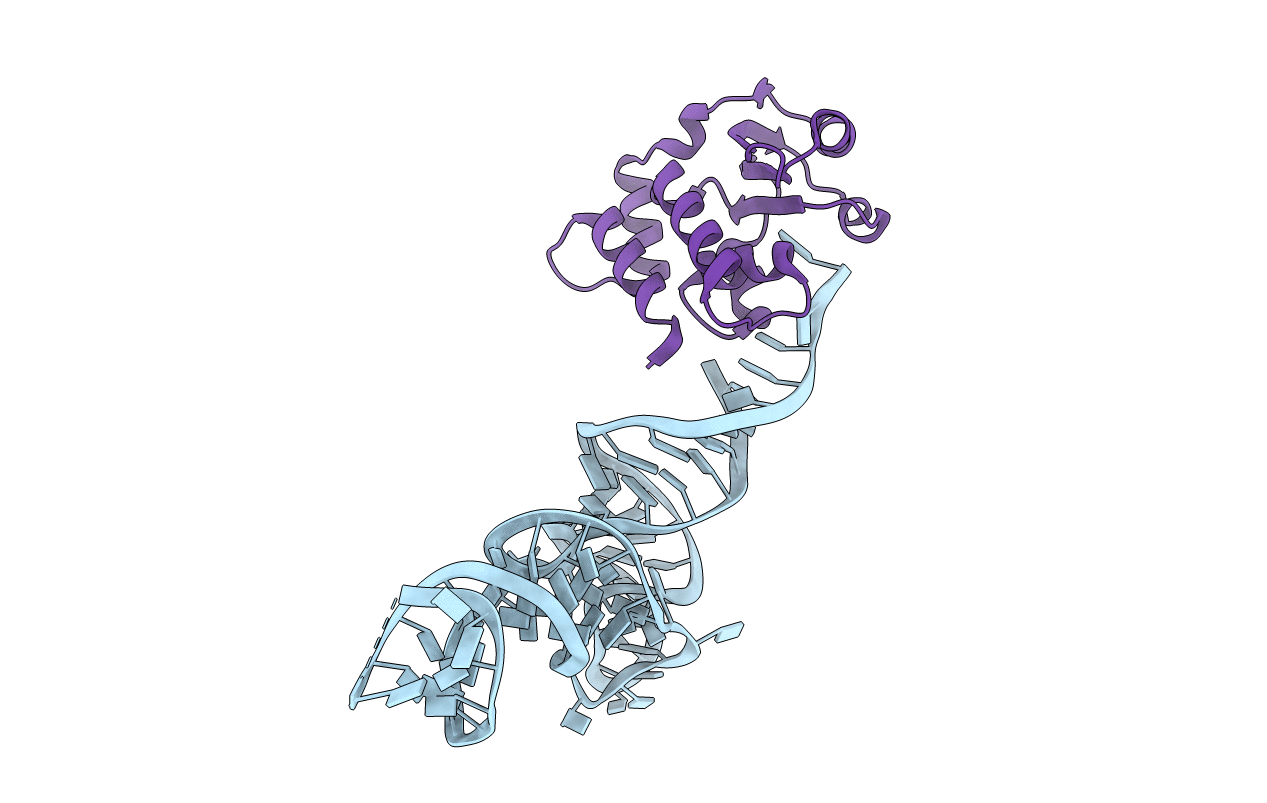
Deposition Date
2020-10-26
Release Date
2020-12-02
Last Version Date
2025-06-25
Entry Detail
PDB ID:
7KJT
Keywords:
Title:
KEOPS tRNA modifying sub-complex of archaeal Cgi121 and tRNA
Biological Source:
Source Organism:
Methanocaldococcus jannaschii (Taxon ID: 2190)
Host Organism:
Method Details:
Experimental Method:
Resolution:
3.34 Å
R-Value Free:
0.23
R-Value Work:
0.20
R-Value Observed:
0.20
Space Group:
P 32 2 1


